Taking care of your garden involves a lot of things.
One of the most obvious is making sure that your plants have enough water.
But what new gardeners might not always realize is that you can drown your plants by giving them too much water.

Moreover, if the soil isn’t well-draining then water will become logged in it and this can wreak havoc for the plants’ roots. Eventually, it will kill them.
So, how do you counter the problem of not having well-draining soil? Well, you could use plants that absorb water.
What to Expect? If you aren’t sure which plants to choose, we’ve picked out 11 wonderful garden plants that will help with drainage and ensure a healthy garden.
Why Is Drainage Important?
Imagine being a plant. You need water but if your roots are sitting in it all day long, things are going to be difficult.
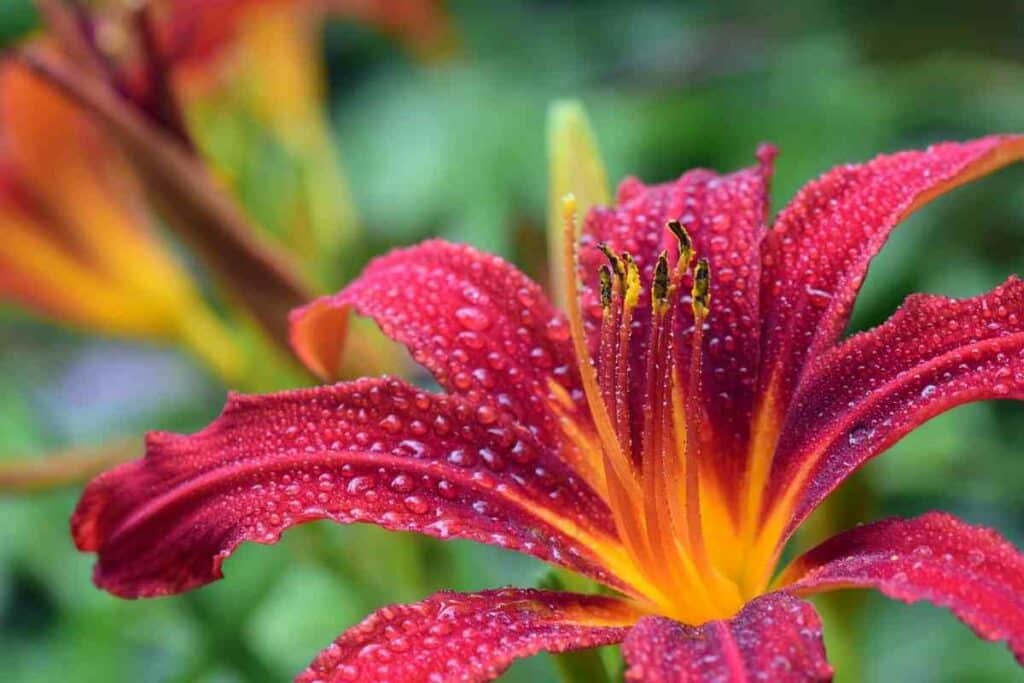
If a human were to stand in water for a prolonged period, it’s going to cause problems and the same can be said for plants.
This can cause root rot and the eventual death of the plant.
What’s more, water-logged soil does not have the space between the soil particles for oxygen; another important element if you want healthy plants.
If you are planting in your garden, it’s worth checking the quality of the soil.
If it isn’t well-draining, the plants in this guide may be able to give it the boost it needs by absorbing more water.
11 Plants That Absorb Water
So, let’s get down to it. Here comes a selection of plants that will aid garden drainage.
However, do keep in mind that not all plants will be suitable for all climates but we’ll provide information on where and how to grow each species.
1. Ferns
With everything from the cinnamon fern to the lady fern and the painted fern to the royal fern, a lot of these plants will do very well in damp or moist conditions.
It’s for this reason that they’re often used around water features and ponds.
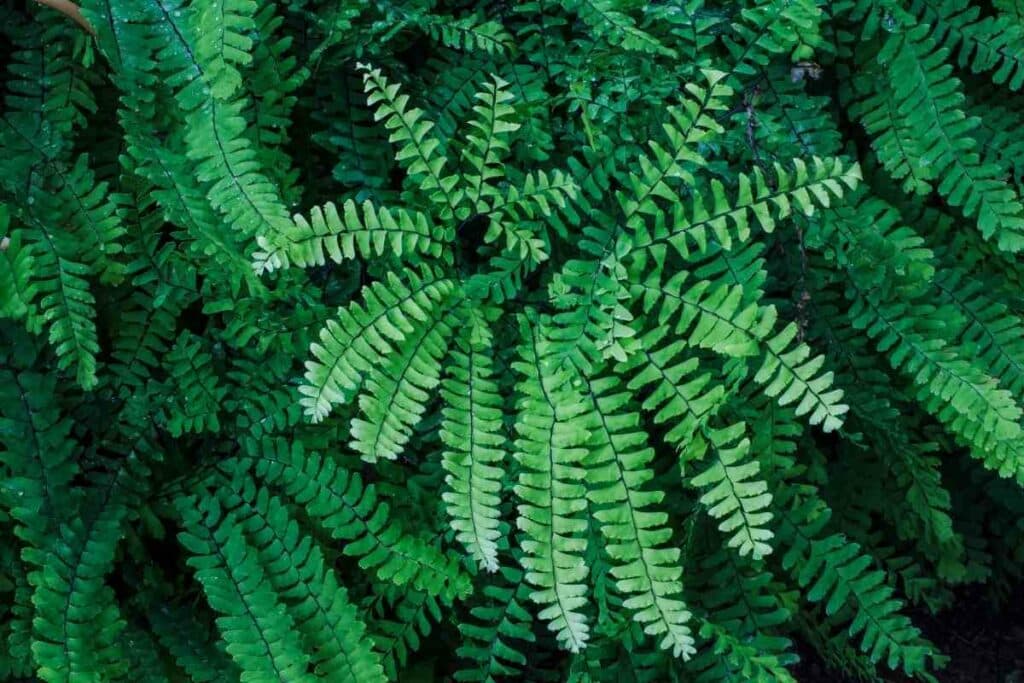
That said, there are some ferns that won’t thrive in wet conditions such as the Christmas fern so you will need to choose your variety carefully.
But why do most ferns love wet areas so much? Well, it’s largely because of their dense root systems.
But also keep in mind that the leaves naturally absorb a lot of water especially when you have a larger specimen.
Works Best – If you are looking for a large fern then something like an ostrich fern would be ideal. These can grow up to six feet so are perfect for very moist, rainy gardens.
2. Black Gum Tree
It isn’t only plants that can help drain water in your garden.
If you have enough space for a tree then these can be hugely beneficial.
The black gum can grow between 30 and 50 feet in height and is beautifully attractive especially during the fall when the foliage turns a rusty color.
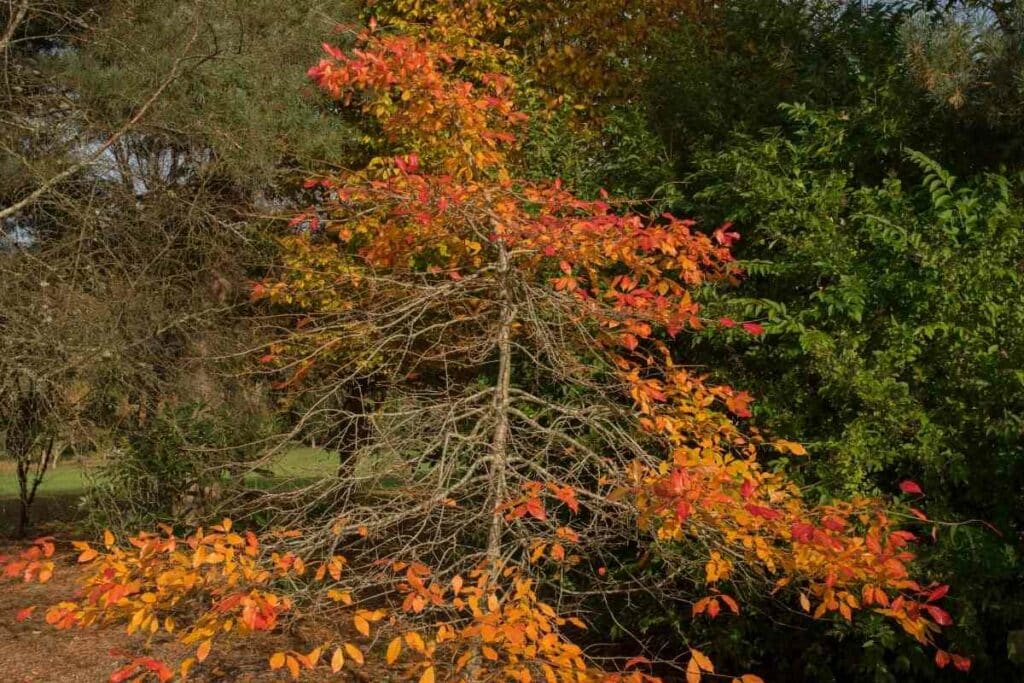
What’s great about this tree is that it will do super well in both moist and acidic soils. A lot of the time, growers will choose lowland areas due to the moisture tolerance of this tree.
Your black gum will do well if you plant it alone but these trees look brilliant when they’re grown in small groups, provided you have a large enough garden.
What’s more, the tree will attract a lot of wildlife including pollinators, birds, and even deer who love the fruit.
3. Cattails
Before we get into the nitty gritty of cattails, we should point out that these plants might be seen as invasive.
They do so well in wet conditions that they’ll quickly take over an area, sometimes within as little as 12 months.
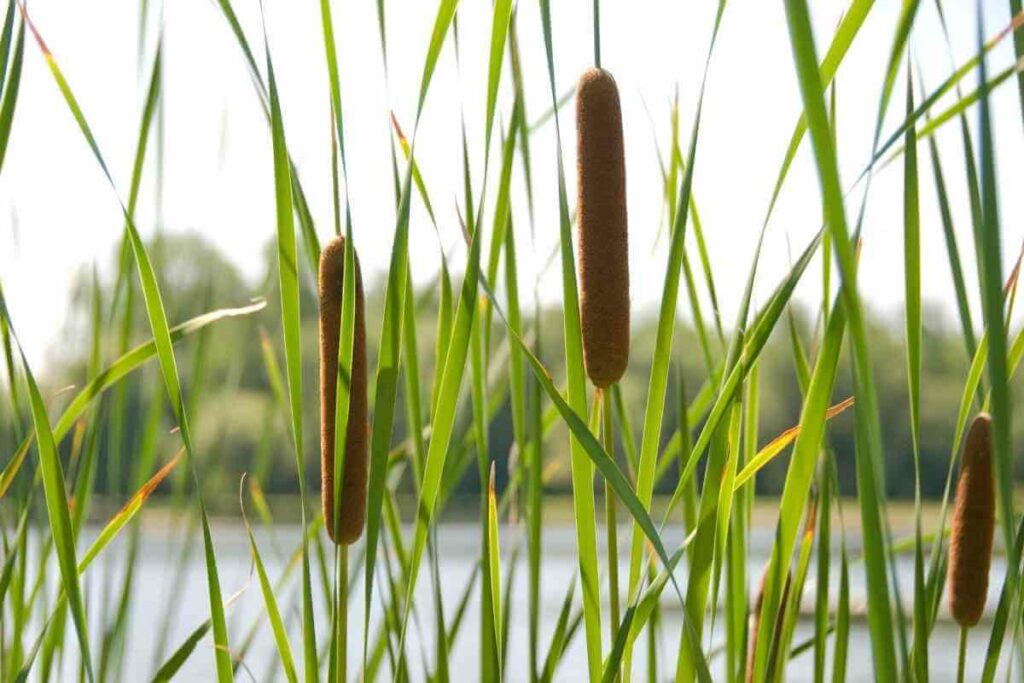
That said, these are very attractive plants that do exceptionally well around ponds.
They can get pretty large, in many cases growing up to ten feet. So you will need to make sure you have the space for them.
But they’re hardy and sturdy plants that add a unique look to a moist garden. The long flat leaves and rhizomatous roots are perfect for absorbing water.
As a result of these characteristics, cattails will grow almost anywhere as long as there is water.
4. Iris
One of the most fantastic things about the iris plant is its beautiful purple/blue flowers.
These come through during the later part of winter so add a pop of color to a desolate garden.
What’s also great about the iris is that, once it becomes established, you really won’t need to do a lot as it’ll thrive almost by itself.

Plus, they reproduce very easily so you’ll soon have quite a collection.
There are different kinds of the iris but if you’re looking to grow this plant in the US then the bearded iris will be your best option.
These are mid-sized plants that can grow to between three and four feet tall.
Just make sure that you plant the iris in a sunny spot.
The plant would benefit from well-draining soil but it will absorb a lot of water.
Just be careful not to fully cover the rhizomes otherwise the plant will become susceptible to root rot.
In Wet or Rainy Areas – Irises will do very well so they’re perfect as a plant that soaks up water. However, if you’re planting them in a drier climate, you will need to make sure that you stay on top of watering.
5. Red Elderberry
Red elderberries do very well in riverside forests, on cliffs, and in ravines.
This is actually a member of the honeysuckle family and is a large plant that can get up to 12 feet in height.
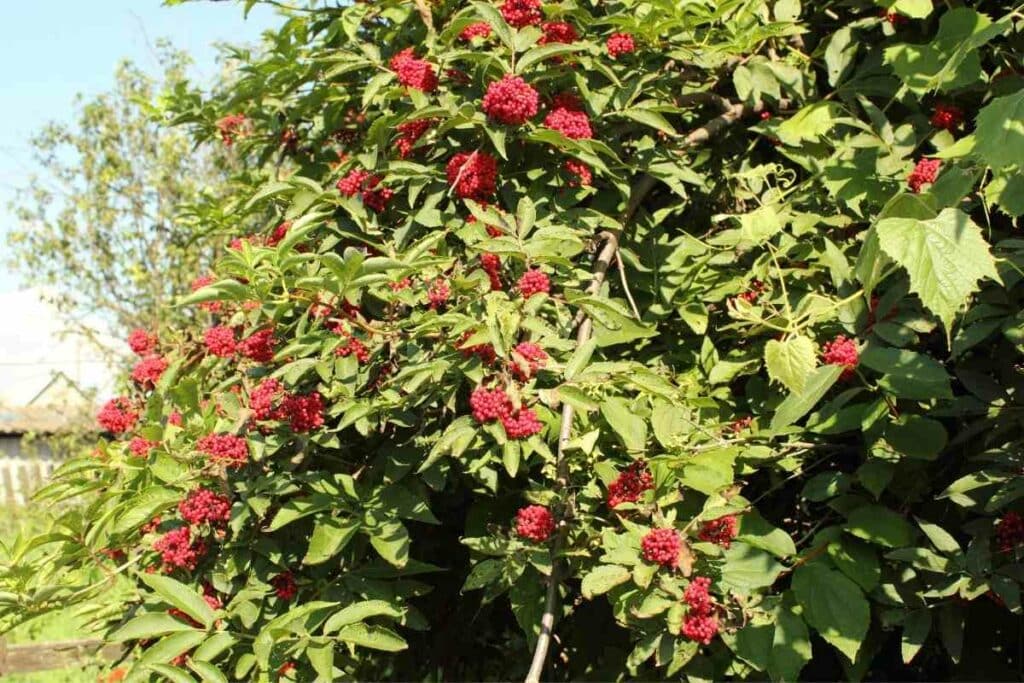
Not only this but it’s a beautiful plant that boasts small pink buds that then burst open in late spring to white flowers.
Moreover, the red elderberry has small fruits that are super attractive to birds and other wildlife so they’re perfect if you’re keen to welcome animals to your garden.
Red elderberry plants need a lot of water and they’ll quickly soak it up from the soil.
They are perfect in a rain garden but if you live in a dry climate, you’re going to have your work cut out for you.
6. Lily Of The Valley
Lily of the valley is another great plant that will absorb water but we should urge you to err on the side of caution as this plant is toxic to humans and pets.
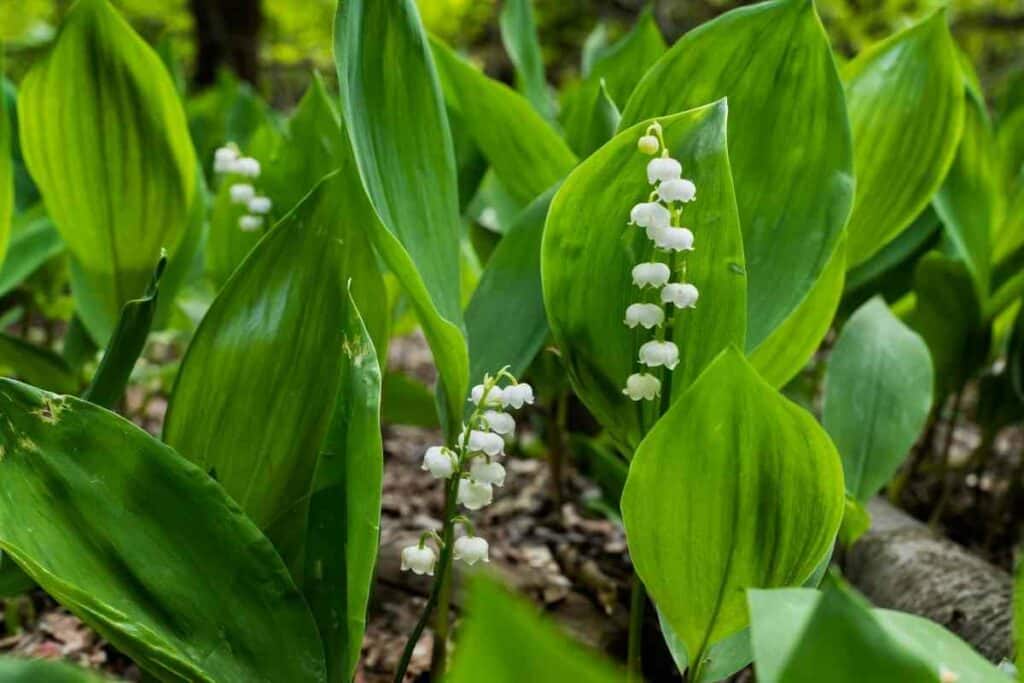
If you have animals or kids, be sure to keep them away from this plant to avoid accidental ingestion.
If you live in zones 2 through 7 then the lily of the valley is a perfect plant that absorbs water for your local climate.
But more than just being ideal, they’re incredibly beautiful and their fragrances and blooms will certainly be the talking point of your yard.
Note that these plants require a partially shaded spot and the soil should always be kept moist. Other than that, they’re not difficult to grow at all.
7. Indian Grass
Grassy plants are perfect for ground cover and this warm season grass is one that absorbs a serious amount of water.
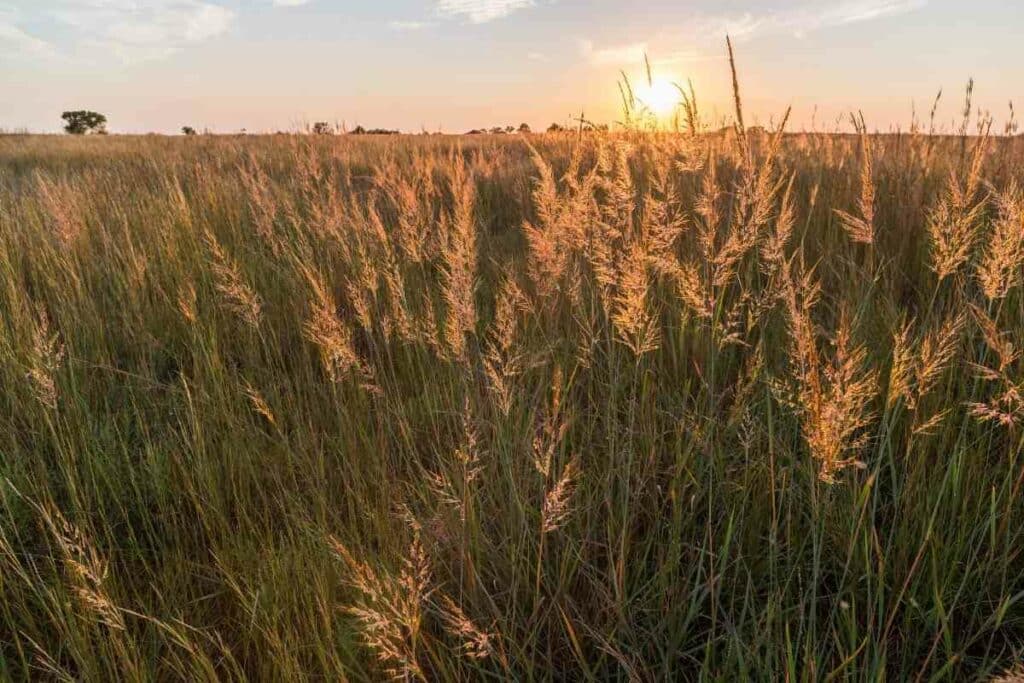
Despite the name, this plant is actually native to North America where it grows to good heights and boasts stunning ornamental leaves.
Your Indian grass will do best when planted in full sun and will then help in the drainage of your garden.
Choose loamy, moist soil but if you have no other choice, it will do relatively well in clay or sandy soils. Once the plant has become established, you really won’t have to do a lot to care for it.
8. French Rose
French rose is actually a parent plant for a whole range of tea rose hybrids and this gorgeous plant has even won RHS awards.
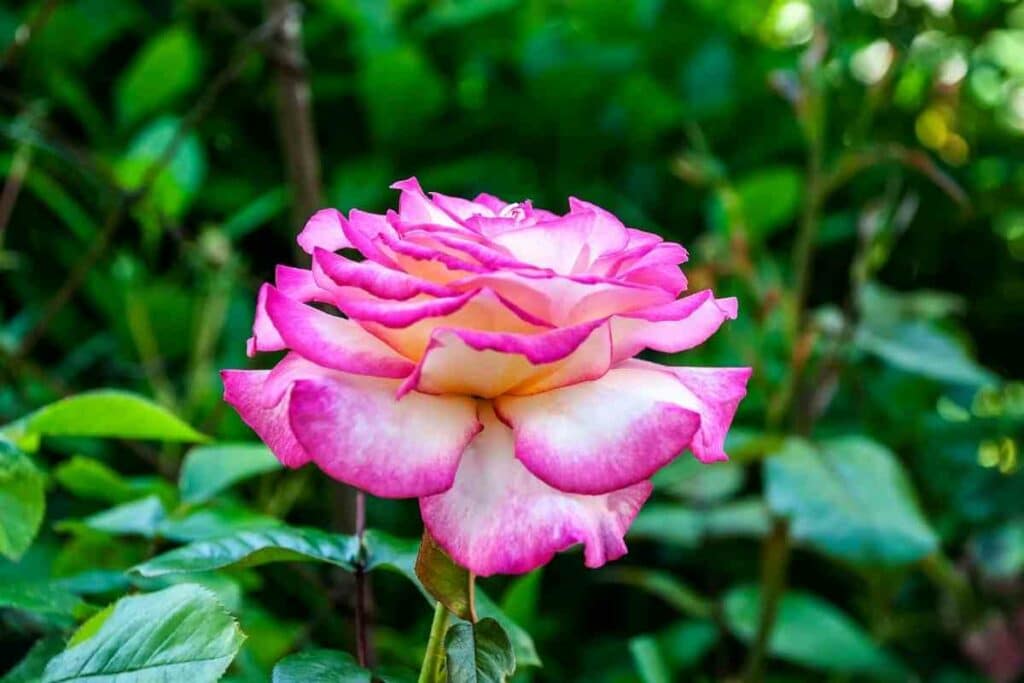
It’ll add a spot of color to your summer garden with its bright pink flowers and will get to around four feet in height so it’s great if you don’t want a massive plant.
One of the best things about the French rose is that it doesn’t require a lot of maintenance. It’s incredibly hardy and will thrive even when it is planted in poor-quality soil.
That Said – You will need to make sure that the soil remains moist as the French rose will absorb a lot of water from it.
However, the soil should be well draining and it’s better if the plant sits in a sunny location.
9. Red Maple
If you’re in the market for a tree that absorbs water then the red maple is an excellent choice.
However, you’re going to need a very large garden as these giants can grow as tall as 120 feet.
The bottom half of the trunk doesn’t really have any branches so they’re often planted to provide ground shade.
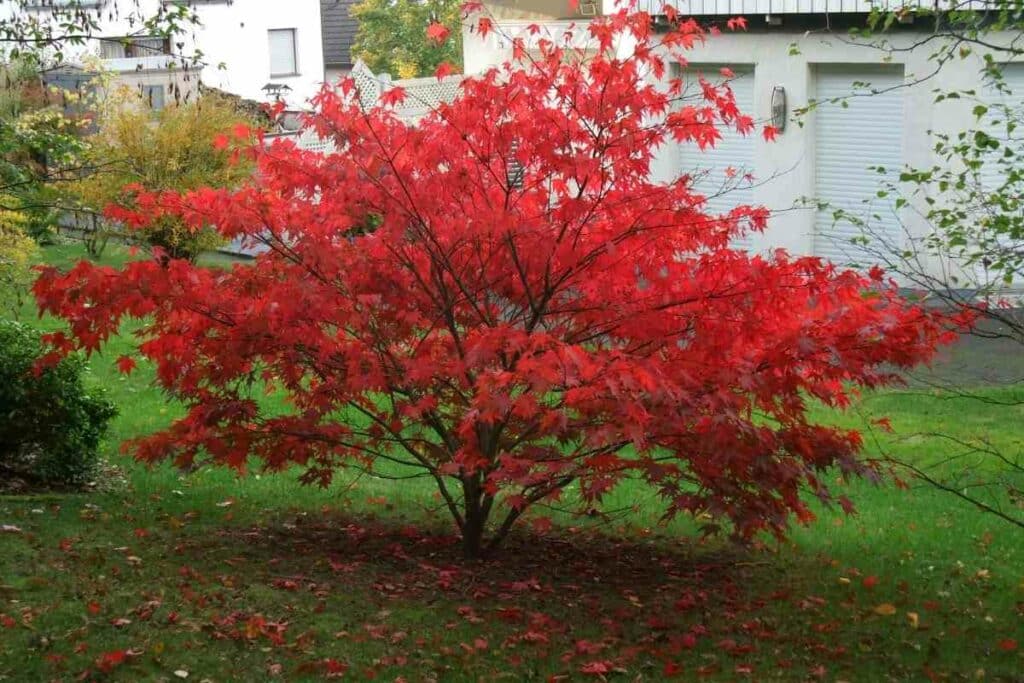
The red maple produces beautiful small red flowers once it reaches around eight years of age and they’re relatively easy trees to care for.
They will tolerate various conditions and will soak up enormous amounts of water. In fact, it’s thought that just one of these trees can soak up to five gallons of water in just one week.
This is great if you have a very large, moist garden and even better if you live in a very wet climate.
The rain will be more than enough to keep the tree happy so you won’t need to worry about additional watering.
10. Elephant Ear
A lot of people choose elephant ears purely for aesthetic reasons.
The large leaves come in a range of colors and can make an interesting focal point. That said, they’re also ideal as a ground cover plant or for a background filler.
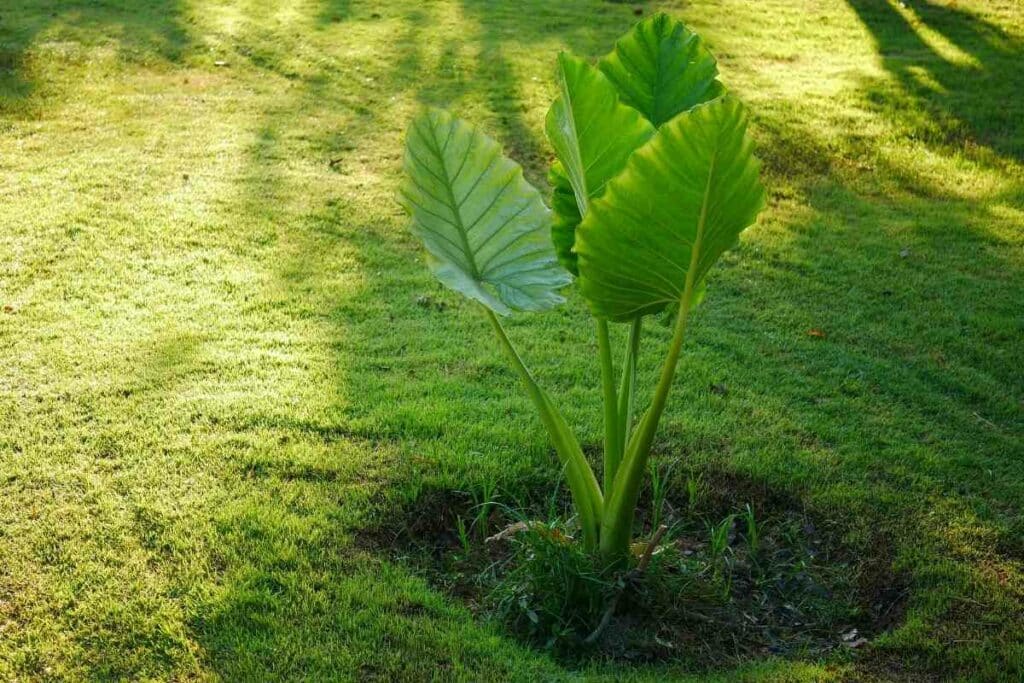
Elephant ears have a tropical appearance and are pretty simple to grow.
They’ll thrive in moist soil and prefer to be placed in a sunny spot. Just make sure that you only plant the tubers after the last frost has passed.
These plants require a lot of water but otherwise do not need a lot of TLC. The only thing you need to be mindful of is that they will not survive freezing conditions.
Don’t Forget – If you live in an area where freezing temperatures are a risk, you may need to bring the plant indoors over winter.
11. Daylilies
Did you know that there are more than 35,000 daylily hybrids?
These perennial plants produce masses of flowers each month despite each bloom only lasting a day.
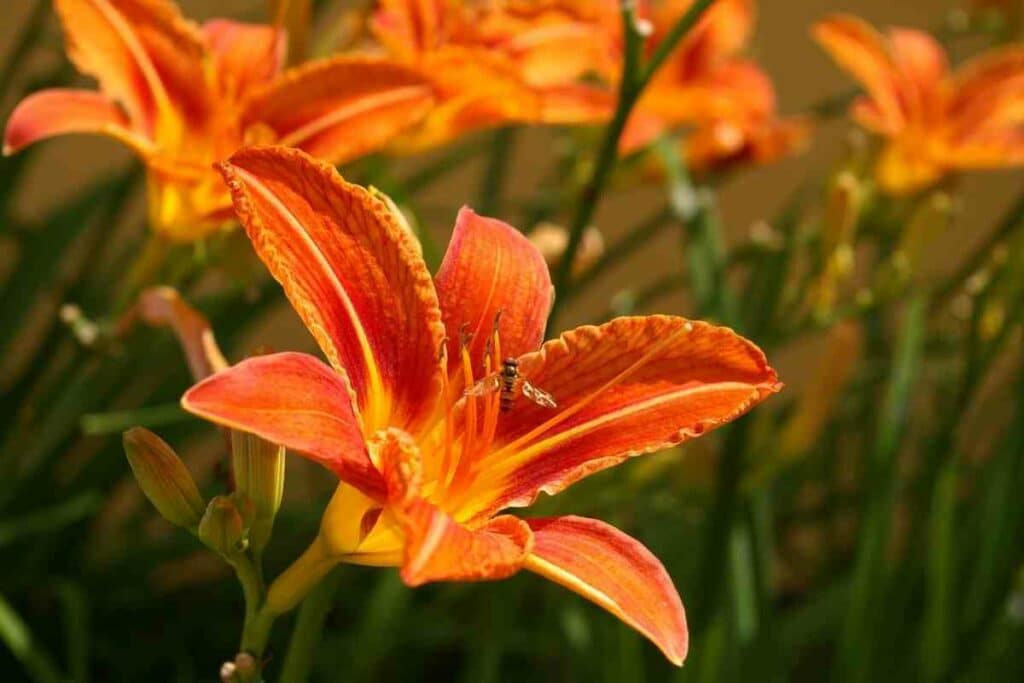
The daylily is super easy to take care of and doesn’t need much maintenance once it is established, especially if you plant them in early spring.
While these plants will thrive in moist soil, they do still need a good amount of sunlight; at least six hours a day.
Make sure that you water them regularly as the daylily will absorb a serious amount of water.
Conclusion
If you have a garden with moist soil and need help with drainage then you’ll need to choose plants that will thrive in these conditions.
From small flowering plants to super-sized trees, there are plants that absorb water for every garden.


